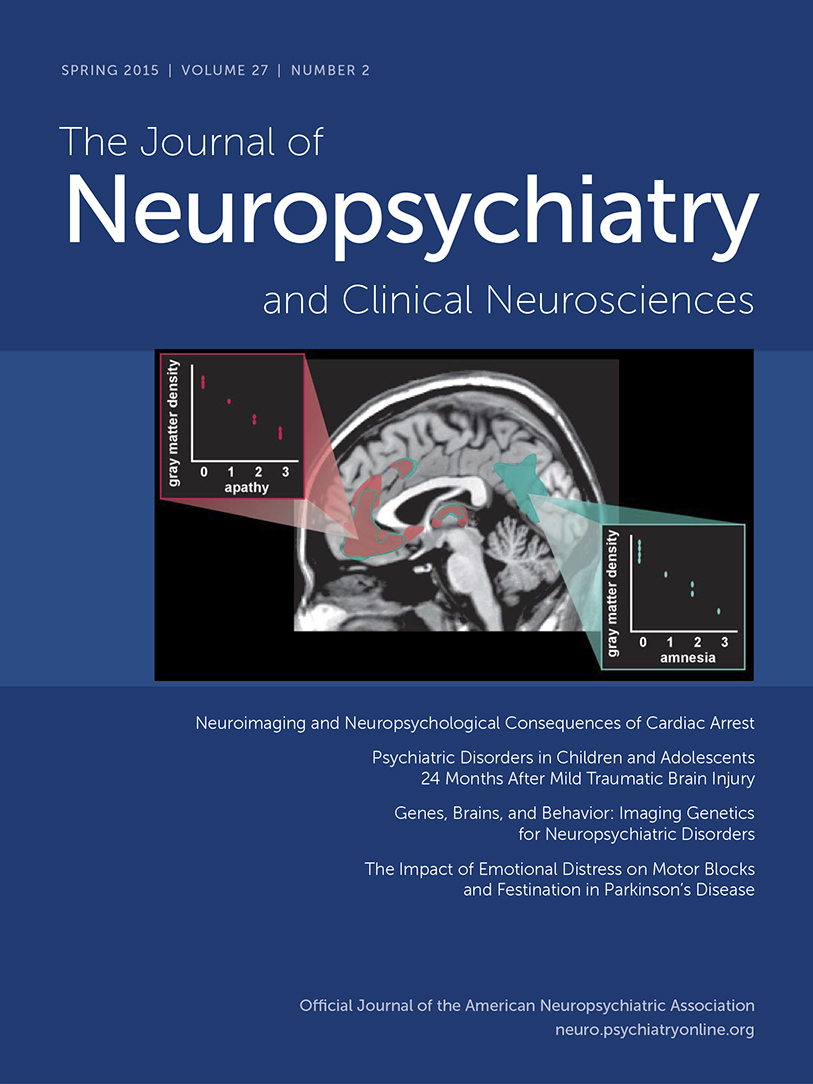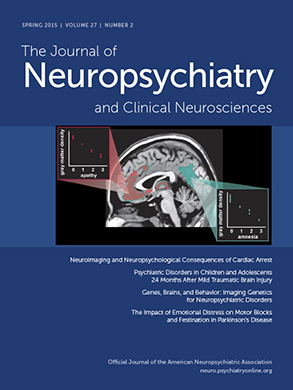Anxiety
A 2×2×2 mixed analysis of variance (ANOVA) was performed on the BAI scores with group (PD versus control) and order (ON-OFF versus OFF-ON) as the between-subject factors, and session (ON versus OFF) as the within-subject variable There was a main effect of group, F (1, 60)=14.01, mean squared error (MSe)=105.265, p <0.001 because of higher anxiety scores in PD patients than controls. There were also significant effects of session, F (1, 60)=8.086, MSe=15.558, p <0.025, reflecting higher BAI scores in ON relative to OFF sessions, and of session×order, F (1, 60)=7.02, MSe=15.558, p <0.025, resulting from highest anxiety scores in the ON session when it was performed first. The main effect of order, F (1, 60)=1.12, MSe=105.265, p >0.250 and the group×session interaction, F < 1, were not significant.
Planned, 2×2 ANOVAs were performed for PD and control participants separately, with order (ON-OFF versus OFF-ON) as the between-subject factor, and session (ON versus OFF) as the within-subject variable. For the PD group, the main effect of session was significant, F (1, 31)=5.29, MSe=20.178, p <0.050, reflecting higher anxiety scores on relative to off medication. The session×order interaction was significant, F (1, 31)=5.58, MSe=20.178, p <0.050 because of highest anxiety scores in the ON session when this session was performed first. The main effect of order did not reach significance, F (1, 31)=1.18, MSe=20.178, p >0.250. For the control group, the main effects of order (F < 1) and session [F (1, 28)=2.78, MSe=10.685, p >0.115], and the order×session interaction [F (1, 28)=2.39 MSe=10.685, p >0.125] were not significant.
For PD patients, a multiple regression was performed to predict the ON-OFF BAI difference score, including ON-OFF UPDRS difference score, daily L-Dopa equivalent medication dosage (LED), and years of disease as regressors. This model did not significantly predict ON-OFF BAI difference score, F (3, 29)=2.11, MSe=40.659, p >0.120. Though ON-OFF UPDRS difference score contributed significantly to the ON-OFF BAI score, t=2.33, p <0.050, LED, t=0.93, p >0.350, and years of disease, t=0.99, p >0.325, did not. ON-OFF UPDRS difference score also correlated significantly with LED, r=–0.392, p <0.025, but did not correlate significantly with years of disease, r=–0.214, p >0.225.
Depression
A 2×2×2 mixed ANOVA was performed on the BDI-II scores with group (PD versus control) and order (ON-OFF versus OFF-ON) as the between-subject factors, and session (ON versus OFF) as the within-subject variable. The main effect of group was significant, F (1, 60)=15.52, MSe=47.546, p <0.001 because of to higher depression scores in PD patients than controls. The main effects of order and session, both F < 1, and the interactions of group×session, F (1, 60)=1.78, MSe=6.15, p >0.150, and order×session, F < 1, were all nonsignificant. 2×2 ANOVAs were performed on BDI scores for PD and control participants separately, with order (ON-OFF versus OFF-ON) as the between-subject factor and session (ON versus OFF) as the within-subject variable. For both the PD and control groups, no main effects or interactions were significant, all F <1.
Apathy
A 2×2×2 mixed ANOVA was performed on SAS scores with group (PD versus control) and order (ON-OFF versus OFF-ON) as the between-subject factors, and session (ON versus OFF) as the within-subject variable. The main effect of group was significant, F (1, 60)=5.41, MSe =60.640, p <0.025 because of higher apathy scores for PD patients than controls. The main effect of order did not reach significance, F (1, 60)=2.77, MSe=60.640, p >0.100. The main effect of session, and the group×session, and order×session interactions, were also not significant, all F <1.
2×2 ANOVAs were performed on apathy scores for PD and control groups separately, with order (ON-OFF versus OFF-ON) as the between-subject factor and session (ON versus OFF) as the within-subject variable. For the PD group, the main effect of order was significant, F (1, 31)=4.92, MSe=72.400, p <0.050 because of higher apathy scores for those who participated OFF before ON. The order×session interaction was marginally significant, F (1, 31)=3.043, MSe=5.567, p=0.091, owing to the fact that SAS scores were higher in all patients during their second session (i.e., SAS ON>OFF for patients who performed OFF-ON and OFF>ON for patients who performed ON-OFF). The main effect of session, F (1, 31)=2.87, MSe=5.567, p >0.100, was not significant. For the control group, the effects of order and session, both F < 1, and the order×session interaction, F (1, 28)=1.64, MSe =5.017, p >0.200, were not significant.

